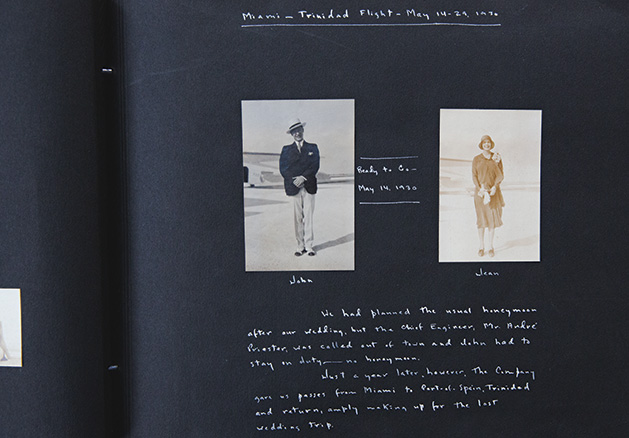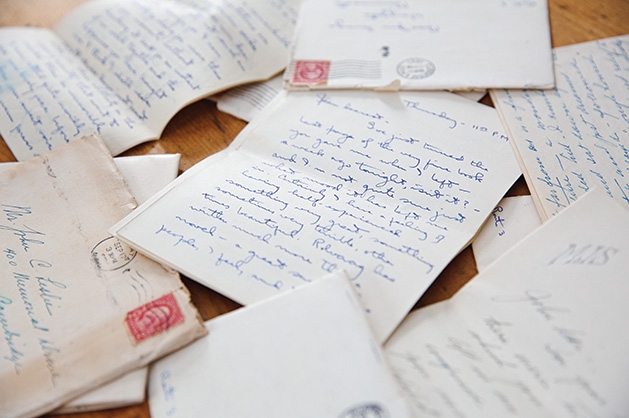
I’ve told you so little why I love you so deeply, serenely, and with so much respect. You’re a gentlewoman, my dear, and you’ve an intelligence and a character that is your own; I respect that. And the quality of your personality and the beauty of your body fills me with gentleness and tenderness. —John, 1927
Martha Long couldn’t believe her eyes as she read the tender words from her stoic grandfather to her vivacious grandmother. There she was in the shed of her parents’ home in Maine, looking for mementos for her dad’s 80th birthday party, and inside the Tupperware container was a delicately twined stash of love letters between her grandparents, John Leslie and Jean Savage.
They were written in 1927 over five months and ended after they became engaged.
“There are always some mysteries, like why did the letters end after they got engaged? They didn’t get married for a while,” Long says. “Why were these kept so carefully, in order and in twine?”
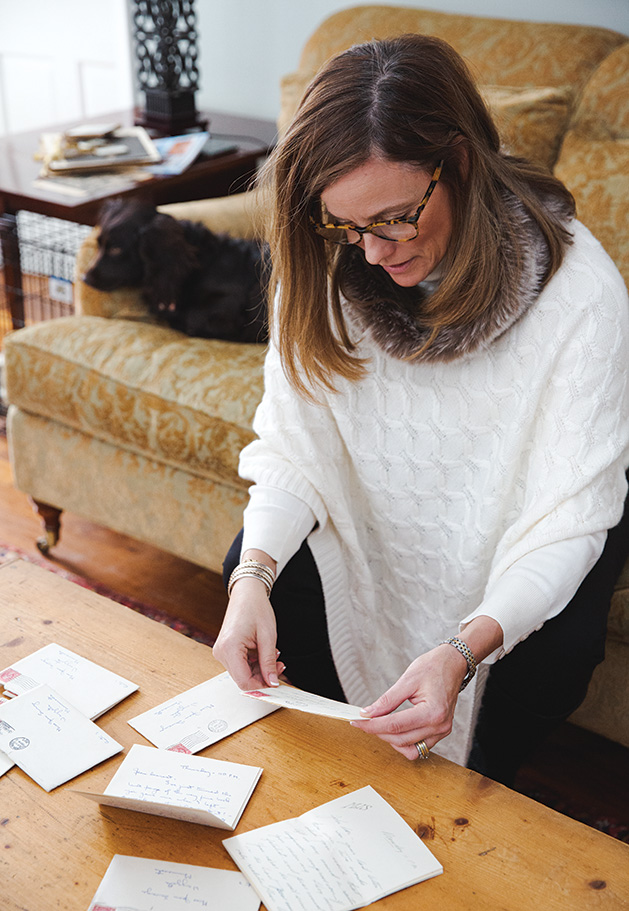
Those delicate stacks contain lovingly preserved 90-year-old letters which were written in ink with fountain pens. Reading those words opened a window into the world of two notable Twin Cities figures of decades past. John Leslie was the vice president of Pan Am; to Long, he was Papa. Jean Savage’s family had a town—Savage, Minn.—and other things named after them; to Long, she was Mimi.
Both Leslie and Savage were Lake Minnetonka area natives. Jean was from Robinson’s Bay and John from Brown’s Bay. They met in the summer of 1927 when John was 22 and a graduate student at MIT for aeronautical engineering. Jean was 19 and graduated from Northrup School. She wasn’t sure if she should get a job or go to college.
“He didn’t make a good first impression,” Long says of her grandfather. “The Savages were sailors and he had what they referred to as a ‘stinkpotter,’ one of the first motor boats on the lake. He thought he was all fancy and came up to their dock on this elegant power boat. The whole family tipped their noses like, ‘We don’t do power boats.’ But she grew to like the power boat a little bit.”
John returned to MIT that September. Their correspondence was the beginning of a relationship that lasted more than 50 years and produced four children and 16 grandchildren. And Long held that history in her hands.

Budding Romance
If we build on honesty, intelligence, and beauty, we can’t go far wrong. I want you to talk to me with perfect freedom in the knowledge that I’m interested in and trying to understand everything you say or think. I expect the same from you. —John
“They had a lot of trust to really share their beliefs,” Long says. “They talked a lot about marriage and what makes a good marriage, which I thought was really progressive for the day…There were some serious questions about who they were as people and what they wanted out of life. It was mostly sunshine and roses. They were falling in love.”
John and Jean talked about education, domestic roles, religion, philosophy and gender roles. “There are all these conversations about women working and getting an education… He was very supportive of her,” she says. “He was not what I consider a feminist, but he does reference an article.”
As usual the October Harper’s Magazine had some excellent articles …Do read it if you possibly find a copy…‘Feminist – New Style.’ Well written and has some ideas I daresay you might like. I don’t mind them myself. —John
Shared Love of Minnetonka
Just over the crest of the hill I came upon the most glorious sight: the lake, sapphire blue with a red purple shore in the distance. A deep russet oak outlined against it and several others and a poplar still green on the near shore. It was a perfect picture…I shall have to take you up on my hill this Christmas. —Jean
The couple were engaged that Christmas. After marrying in 1929 in Princeton, N.J. John became heavily involved in Pan Am and traveled around the world.
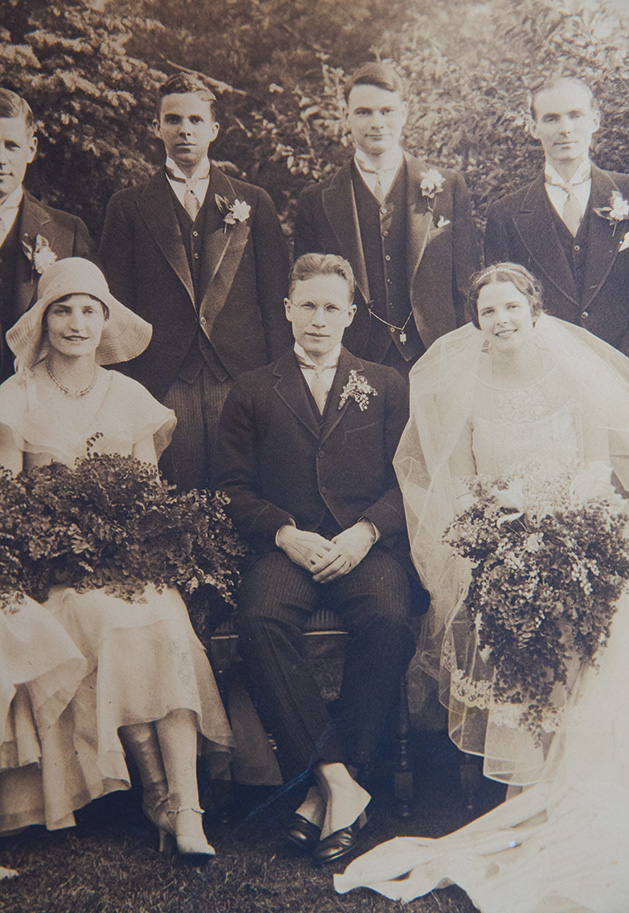
“They loved visiting Lake Minnetonka but they never lived back here. They were all over wherever Pan Am took him,” Long says.
Long grew up in New York. She found the letters while she was looking through items at her parents’ home in Maine. It was by a twist of fate that she settled in Wayzata.
“I came back here because of an opportunity for my husband, and this is where they’re originally from,” she says.
Twists of Fate
I am an optimist …and a realist in thinking that not everything in nature is good. A fatalist, however, I may partially be. I cannot feel that each one of us is by any means the master of his destiny. There is too much chance, coincidence, luck all beyond our control. So, I shrug my shoulders and make the best of whatever may come – and hope it suits my own plans. So, I guess that I am a mild fatalist, or at best am always prepared to be one. —John
That sense of preparation helped John and Jean in 1950 during the polio epidemic that swept the United States.
One night, John came home from work and painted the fence. Tired, he went to bed. When he woke up he was paralyzed from the neck down. After six months in an iron lung, he would spend the rest of his life in a wheelchair. While polio broke his body, it never broke his spirit.
“He took that so gracefully. Because there at that young age he knew there was an element of luck in life and you do the best you can with what you’re given,” Long says.
Long says Jean was a pillar of strength.
“There were all these inconveniences and inelegant moments but he managed to do it really gracefully,” she says. “She always made a point of making him feel comfortable and trying to come up with creative ways for him to lead a good life.”
Long was very close to her grandmother, both figuratively and literally. Her grandparents lived on the 32nd floor of an apartment building in New York and Long grew up one floor below.
“I could run up the service stairs and just hang out with them,” she says. “It was considered a huge honor as a kid if you were the one to push him to the table at dinner. He was a bit daunting. Seemed like a very serious person. My grandmother was more playful. She would talk about absolutely everything.”
From her grandchild’s perspective, Jean always seemed to focus on the positive.
“[Papa] always had someone outside his door for help, because of his polio. And he always had a bell because he had just a little bit of movement with his hand…he was too big for Mimi to handle moving him by herself,” she says. “They always had someone to help care for him, to go anywhere to do anything. That was how their life changed dramatically,” including a loss of some privacy.
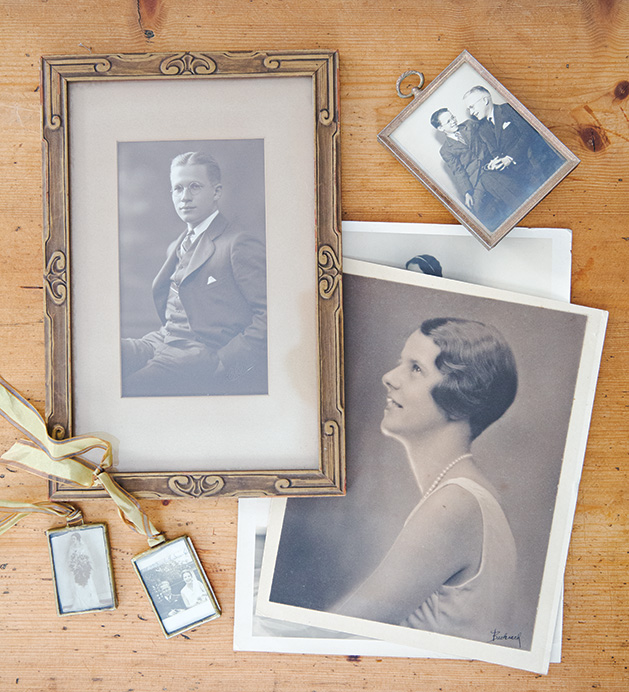
Champion for Family
I cannot make my life happier than by surrounding it with that which is beautiful and lovely in the broadest of senses – beauty that comes from one’s own spirit. —Jean
“By being so self defined at a young age, that protected them,” Long says. “We live in a predominately deficit-oriented mindset…highlighting everything we see as imperfect, rather than a unique gift. Mimi saw possibility. She demanded the physical limitations of Papa’s polio not limit his opportunities or experiences. She made him seem big from that chair…She never made him seem small, weak or needy from that chair. Everything she did, she did with grace, and it honored him, herself and their life.”
Weakness and Strength
You must forgive me, John, if at times I am lonely and keep up just by my rather ‘cynical outlook.’ I can’t really be cynical for I do so love life, beauty, health, and the myriad of joys of which the world around us is filled. Please believe me, John, I do try so very hard not to let little unpleasantries mar the beauty and the love in which I am surrounded. —Jean
“Mimi took weakness and turned it inside out,” Long says. “I think this was because, now that I have read her letters, that she was highly aware of her own weaknesses and her own desire to overcome them.”
In another letter, John says he understands how she feels and replies tenderly that life is better when people focus on the positive.
“I believe Jean embraced that advice fully and tried her whole life to focus on the positive, as did John, even through the toughest and darkest times,” she says. “That is how they created such a beautiful life together.”

On Life
One of the first lessons in the appreciation of beauty is to know the supreme worth of simplicity and restraint that says all that needs to be said. When a thing does that, then it seems to me “exquisite.” —John
Long has turned the letters into a book of her favorite excerpts. In her rough draft, she writes, “I hope you get some pleasure in these excerpts. I have enjoyed reading their letters and getting a glimpse of my grandparents as young dreamers, practical planners, and hopeful sweethearts.”
